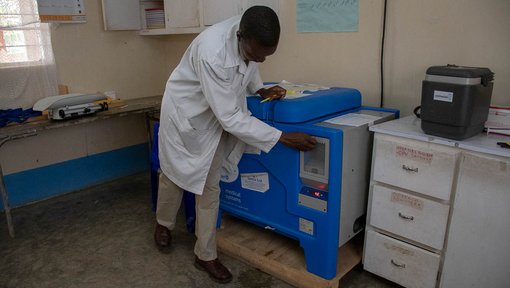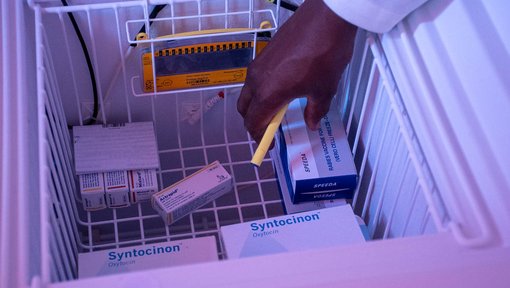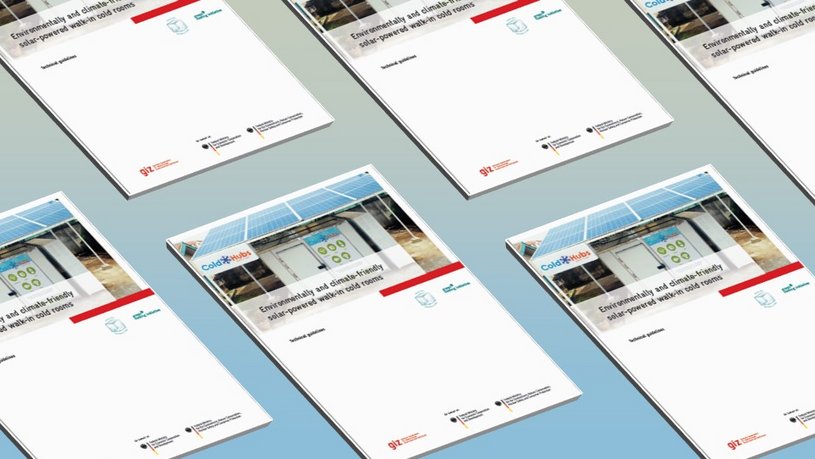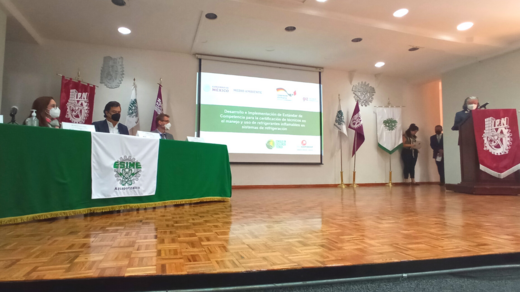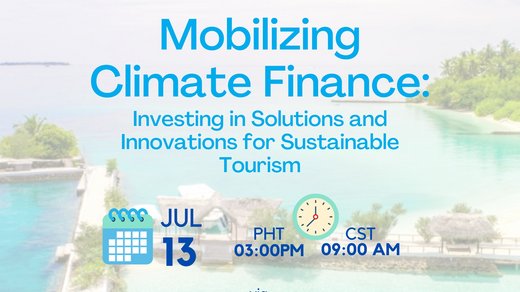Solar walk-in cold rooms are used as an eco-friendly refrigeration alternative for food and medicine storage. This publication by the Green Cooling Initiative (GCI) and Water and Energy for Food (WE4F) project provides helpful guidelines on how to minimize their climate impact most effectively.
As needs for food conservation, thermal comfort or safe medicines access grow, the numbers of solar powered walk-in cold rooms increase every year. Many people and organisations believe that by constructing a solar walk-in cold room, they are green, environmentally and climate-friendly. However, many technologies are still having quite some negative environmental and climate impacts, which often eliminates the positive side of using solar energy to run the system. Cooling technologies currently constitute about 10% of global energy consumption [1] and a significant share of global GHG emissions. Refrigerants of the cooling system and blowing agents of the insulation materials often used are harmful to the ozone layer and/or have a high global warming potential and therefore have a negative impact on the climate. In addition, solar walk-in cold rooms often use batteries that have high embedded CO2 emissions from manufacturing and transport and negatively affect the environment at the end of life.

